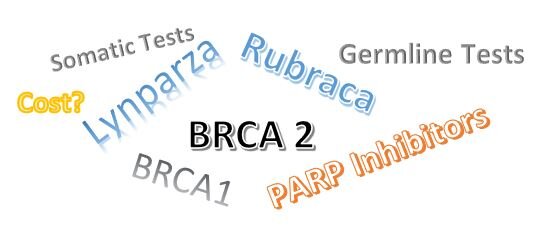Circulating tumor cells (CTCs) are cancer cells that detach from a primary cancer tumor and enter a person’s bloodstream. Their goal is to move to another part of the body to form new metastases. These new metastatic lesions are more aggressive than the primary tumor and account for most of the cancer-related deaths.
Results of Phase 2/3 Trial of PSMA PET Imaging Agent PyL for the Detection of Prostate Cancer Spread
Data from the phase 2/3 OSPREY 2301 Study has shown that the PSMA-targeted small molecule PET imaging agent (PyL (18F-DCFPyL) designed to better visualize prostate cancer outside of the gland demonstrated high sensitivity and reliably in detecting distant metastatic prostate cancer lesions and also a high specificity in confirming the absence of pelvic lymph nodes.
Castration Levels and ADT
Apalutamide (Erleada) Does Not Degrade Quality-of-Life
Facts About Genetic Mutations and Prostate Cancer
Ac-225-PSMA-617 – A Treatment on the Horizon?
How to Recognize and Cope with Cancer Distress
A typical reaction that we have to cancer is to become distressed. When feeling high levels or constant distress, you often feel as though you can’t handle the problems that you are facing. Stress is manifested in many different ways; mentally, physically, socially, or spiritually—or in any combination of these ways.
Announcing an Educational Webinar About Erleada
Jansen Pharmaceuticals has requested that we let our blog readers know about an upcoming educational webinar they are sponsoring on Tuesday, 9/18/18, 7 p.m. ET. The webinar will be discussing their newly approved treatment, apalutamide (Erleada) which is approved by the FDA for men with castrate resistant, non-metastatic prostate cancer, sometimes referred to as M0 (M-zero) disease.
Medicare Home Healthcare Benefits
Terminal Cancer: The Emotional Toll For A Caregiver
Lynparza with Zytiga Improves Outcomes
Does Hormone Therapy (ADT) Work?
Through the work of Huggins et al. [1] in 1941, it was shown that metastatic prostate cancer responds positively to an orchiectomy (surgical castration). We now know that there isn’t any other therapy which produces a more reliable regression of both distant and local disease than androgen withdrawal (ADT).
Long-Term ADT Affects PSMA Scan Outcomes
Pembrolizumab is Effective in Some Men with Untreatable Advanced Prostate Cancer
Xofigo (Radium-223) - Cautionary Information
The European Medicines Agency (EMA) has recommended that the use of Xofigo (Radium-223) be restricted. The restrictions, because of safety and efficacy concerns in men with castrate resistant prostate cancer (mCRPC), include that Xofigo can be used only after two other treatments have been taken; when other therapies cannot be used and not in combination with other 2nd line hormone therapies.
AR-V7 Liquid Biopsy Coming of Age
Once a man is castrate resistant and moves on a second line hormone therapy drug like Zytiga or Xtandi (aka AR inhibitors) it is inevitable that the Zytiga or Xtandi will also become ineffective.
When this happens, the question that comes is what should be the next treatment? Generally, the options currently available are either to move to the drug not initially used ( Zytiga if Xtandi was first used or Xtandi if Zytiga was used) or instead to use taxane chemotherapy (Taxotere aka docetaxel).
FDA Accepts A New Endpoint
Update 1 - The Metastatic Prostate Cancer Project
DNA Deficiencies in Prostate Cancer
First Line Treatment for Newly Diagnosed Metastatic Prostate Cancer
Initially being diagnosed with metastatic, or advanced prostate cancer is not great. Metastatic prostate cancer is not curable and will be terminal if you don’t die from another cause.
We now have a number of what we consider second-line treatments for prostate cancer, drugs like Zytiga, Xtandi and Taxotere (chemotherapy).
We are beginning to recognize the value of the early use of these second line drugs along with first line ADT for men who are initially diagnosed with metastatic prostate cancer.






